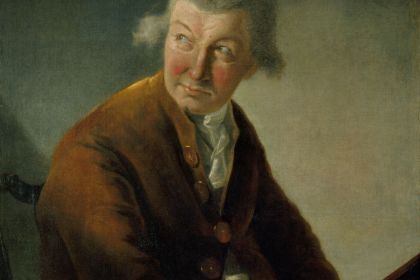FLUTE
Badinerie: origins of Bach's famous flute suite

Badinerie CD cover
Badinerie—the final movement of Bach's Orchestral Suite No. 2 in B minor—is rightfully recognized as one of the best-known pieces of baroque music. Indeed, its dazzlingly airy and catchy flute melody has become somewhat of a staple in commercials and movie soundtracks. The piece is also considered to be a kind of virtuosity test for flautists due to its quick pace and difficulty of execution.
It is believed that Bach completed the suite in 1739 with the intention to use this work for his regular concerts with the Collegium Musicum in coffee houses in Leipzig.
Composed in seven movements, Orchestral Suite No. 2 in B minor is a sequence of dances preceded by an overture. In total, Bach wrote four suites with a similar structure, of which only the second was composed for flute. Since Bach did not give these suites any specific title, they are often referred to simply as "overtures" after the name of the first movement.
The French term badinerie (meaning 'jesting, frivolity, banter' from 'badin' meaning 'playful') is relatively rare in classical music, due to the overwhelming preference for the Italian word scherzo (meaning 'joke') among composers.
Listen to Badinerie from Bach's Orchestral Suite No. 2 in B Minor (BWV 1067) performed by Rainer Kussmaul and Berliner Barock Solisten with Emmanuel Pahud as a flute:
Curiously, musicologists have found evidence that Bach's Flute Suite in B minor had been reworked from his earlier composition written in A minor and featuring another instrument. Some researchers tend to believe that the composition was originally conceived for the violin, while others find arguments in favor of the oboe being the solo instrument of the original work. Another theory proposes that Bach transposed the work to accommodate the performer by adapting it to the transverse flute tessitura for greater convenience.



